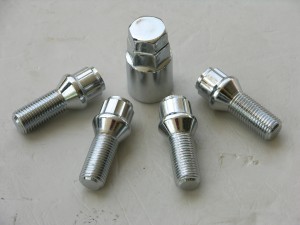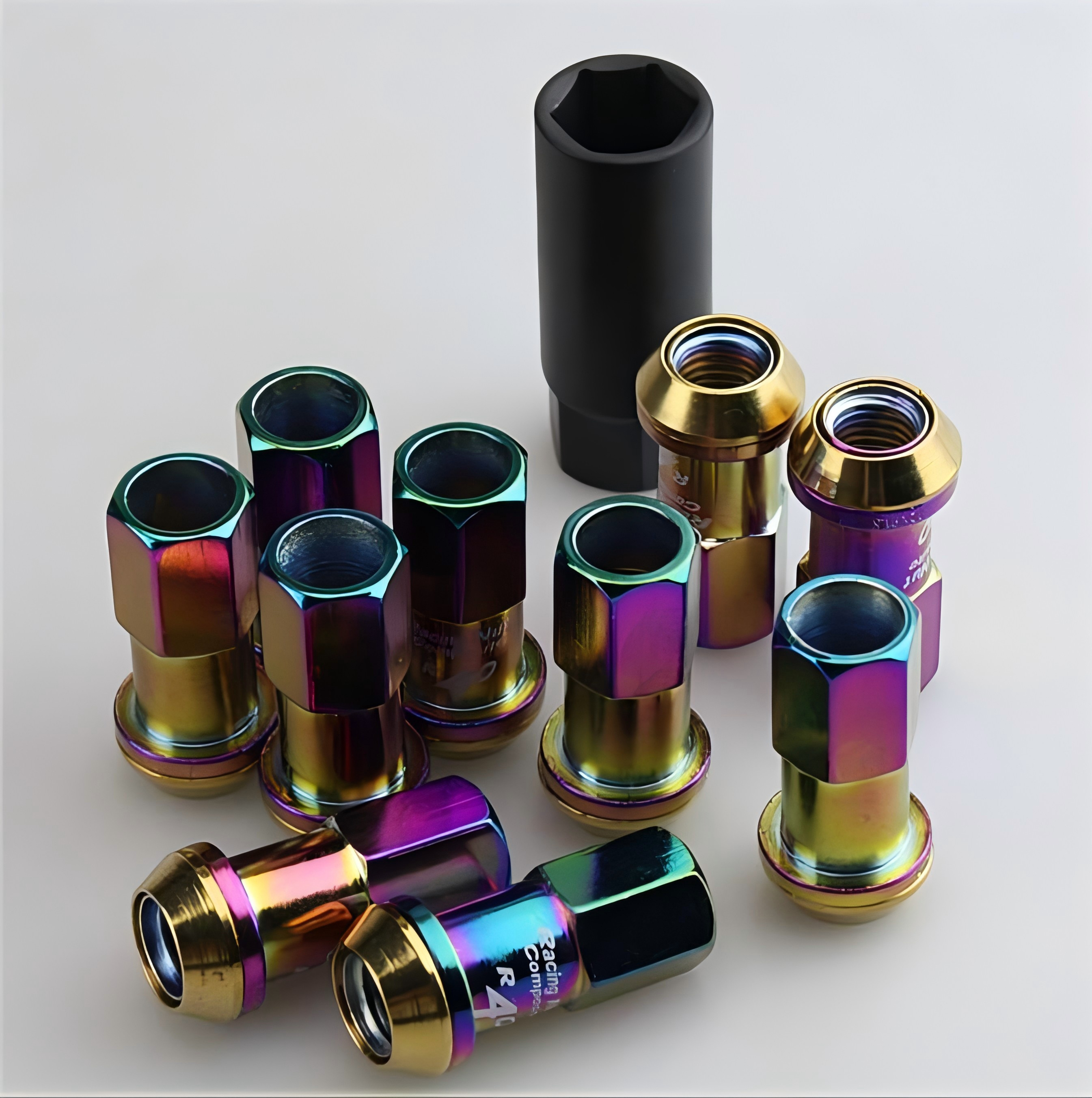Proper Use of Lug Bolts, Lug Nuts, and Sockets
When it comes to vehicle maintenance, ensuring that your wheels are securely attached to your vehicle is paramount. This is where lug bolts, lug nuts, and sockets come into play. These components are essential for the safe and efficient operation of your vehicle. In this article, we will delve into the proper use of lug bolts, nuts, and sockets, providing you with a comprehensive guide to ensure your wheels are always securely fastened.
Understanding Lug Bolts and Lug Nuts
Lug Bolts
Lug bolts are fasteners that are used to secure a wheel to the hub of a vehicle. Unlike lug nuts, which screw onto studs protruding from the hub, lug bolts screw directly into the hub. This design is commonly found in European vehicles such as BMWs, Audis, and Volkswagens. Lug bolts have a threaded shaft and a head, which can be hexagonal or have another shape that fits a specific socket.
Lug Nuts
Lug nuts, on the other hand, are used in conjunction with wheel studs. The studs are fixed to the hub, and the lug nuts are threaded onto these studs to secure the wheel. This design is more common in American and Japanese vehicles. Lug nuts come in various shapes and sizes, including conical, spherical, and flat seats, each designed to fit specific wheel types.
Sockets
Sockets are tools used to tighten or loosen lug bolts and nuts. They come in various sizes and types, including deep sockets, impact sockets, and standard sockets. The correct socket size and type are crucial for the proper installation and removal of lug bolts and nuts. Using the wrong socket can damage the fasteners and compromise the safety of your vehicle.
Proper Use of Lug Bolts, Nuts, and Sockets
1. Selecting the Right Tools
Before you begin, ensure you have the correct tools for the job. This includes the appropriate size socket for your lug bolts or nuts, a torque wrench, and possibly an impact wrench for loosening stubborn fasteners. The socket size is usually indicated in millimeters for lug bolts and in both millimeters and inches for lug nuts. Always refer to your vehicle's manual for the correct specifications.
2. Preparing the Vehicle
Park your vehicle on a flat, stable surface and engage the parking brake. If you are working on a specific wheel, use a jack to lift the vehicle and secure it with jack stands. Never rely solely on the jack to support the vehicle while you work.
Removing the Wheel
1. Loosen the Lug Bolts or Nuts: Before lifting the vehicle, use a breaker bar or an impact wrench to slightly loosen the lug bolts or nuts. Do not remove them completely at this stage.
2. Lift the Vehicle: Use the jack to lift the vehicle and secure it with jack stands.
3. Remove the Lug Bolts or Nuts: Once the vehicle is securely lifted, use the appropriate socket and a ratchet or impact wrench to remove the lug bolts or nuts completely. Keep them in a safe place as you will need them to reattach the wheel.
4. Remove the Wheel: Carefully remove the wheel from the hub.

Reinstalling the Wheel
1. Position the Wheel: Align the wheel with the hub and carefully place it back onto the studs or hub.
2. Hand-Tighten the Lug Bolts or Nuts: Start threading the lug bolts or nuts by hand to ensure they are properly aligned. This helps prevent cross-threading, which can damage the threads and compromise the fastening.
3. Tighten in a Star Pattern: Using the appropriate socket and a ratchet, tighten the lug bolts or nuts in a star or crisscross pattern. This ensures even pressure distribution and proper seating of the wheel. Do not fully tighten them at this stage.
4. Lower the Vehicle: Carefully lower the vehicle back to the ground using the jack.
5. Torque the Lug Bolts or Nuts: Using a torque wrench, tighten the lug bolts or nuts to the manufacturer's specified torque. This is a critical step, as over-tightening or under-tightening can lead to wheel detachment or damage. Again, use a star pattern to ensure even tightening.
Common Mistakes to Avoid
1. Using the Wrong Socket Size: Always use the correct socket size for your lug bolts or nuts. Using an incorrect size can strip the fasteners and make them difficult to remove or tighten.
2. Over-Tightening or Under-Tightening: Both over-tightening and under-tightening can be dangerous. Always use a torque wrench to ensure the fasteners are tightened to the manufacturer's specifications.
3. Ignoring the Star Pattern: Tightening the lug bolts or nuts in a circular pattern can cause uneven pressure and improper seating of the wheel. Always use a star or crisscross pattern.
4. Neglecting to Recheck Torque: Failing to recheck the torque after driving can lead to loose fasteners and potential wheel detachment. Always recheck the torque after a short drive.

Conclusion
Proper use of lug bolts, nuts, and sockets is essential for the safety and performance of your vehicle. By selecting the right tools, following the correct procedures, and avoiding common mistakes, you can ensure that your wheels are securely fastened and your vehicle is safe to drive. Always refer to your vehicle's manual for specific instructions and torque specifications, and never hesitate to seek professional assistance if you are unsure about any aspect of the process. With the right knowledge and tools, you can confidently maintain your vehicle and keep it running smoothly.
Post time: Sep-25-2024





